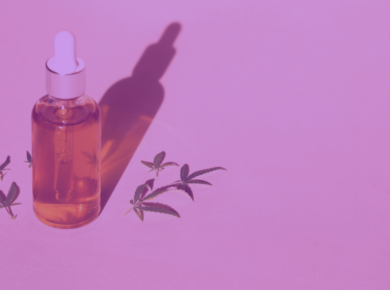Understanding the distinction between CBDa and CBGa is crucial in navigating the extensive world of cannabinoid products. Both are naturally occurring cannabinoids within hemp and cannabis plants, each playing a unique role in the creation and effects of various compounds.
CBDa—the acidic precursor to CBD—is predominantly found in raw hemp or cannabis plants and transitions into CBD through decarboxylation, a process involving heat and time. CBDa is abundantly present in particular cannabis strains, especially those bred for high CBD content.
In contrast, CBGa is commonly referred to as the “mother of all cannabinoids” because it’s the first cannabinoid formed in the plant. As the plant matures, enzymes convert CBGa into other cannabinoid acids, such as CBDa, THCa, and CBCa.
Though CBDa and CBGa are integral parts of hemp and cannabis, they play distinct roles in the plant’s life cycle and the synthesis of other cannabinoids.
Many States allow hemp derived cannabinoids under the 2018 Farm Bill as long as they contain less than .3% D9 THC. Some States have explicitly banned cannabinoids like Delta 8, so check your local rules and regulations before purchasing.
Here’s the rules for Kush.com and more details
Frequently Asked Questions (FAQs)
- What Are CBDa and CBGa?
CBDa and CBGa are cannabinoids found in the hemp plant, acting as acidic precursors to CBD and CBG, respectively. When subjected to heat or sunlight, they undergo decarboxylation, converting into CBD and CBG. - How Are CBDa and CBGa Produced?
Through biosynthesis in the hemp plant, CBGa is formed first and is often dubbed as the “mother of all cannabinoids.” It is converted into other cannabinoids, including CBDa, through enzymatic actions. - What Differentiates CBDa from CBGa?
The fundamental difference lies in their chemical structure and interaction with the endocannabinoid system. They derive from the same precursor (CBGa) but convert into varied compounds (CBD and CBG) that exhibit different effects. - Can CBDa and CBGa Be Found in All Hemp Plants?
While present in all hemp plants, the concentration of CBDa and CBGa can significantly differ depending on the plant strain, cultivation conditions, and harvest time. - Are There Potential Uses for CBDa and CBGa?
Early-stage research hints at possible applications in several industries, such as health and wellness, cosmetics, and food and beverage production, among others. However, extensive research is crucial to fully realize their properties and potential uses.
Medical Disclaimer
This information is intended solely for educational purposes and should not substitute professional medical advice. Always consult your healthcare provider before using any CBDa or CBGa products.
Where Can You Find Them?
CBDa and CBGa products are accessible both online and in some physical stores. Ensure to comprehend your local laws before making any purchases.
Shop
Similar Product Searches You Might Be Interested In:




